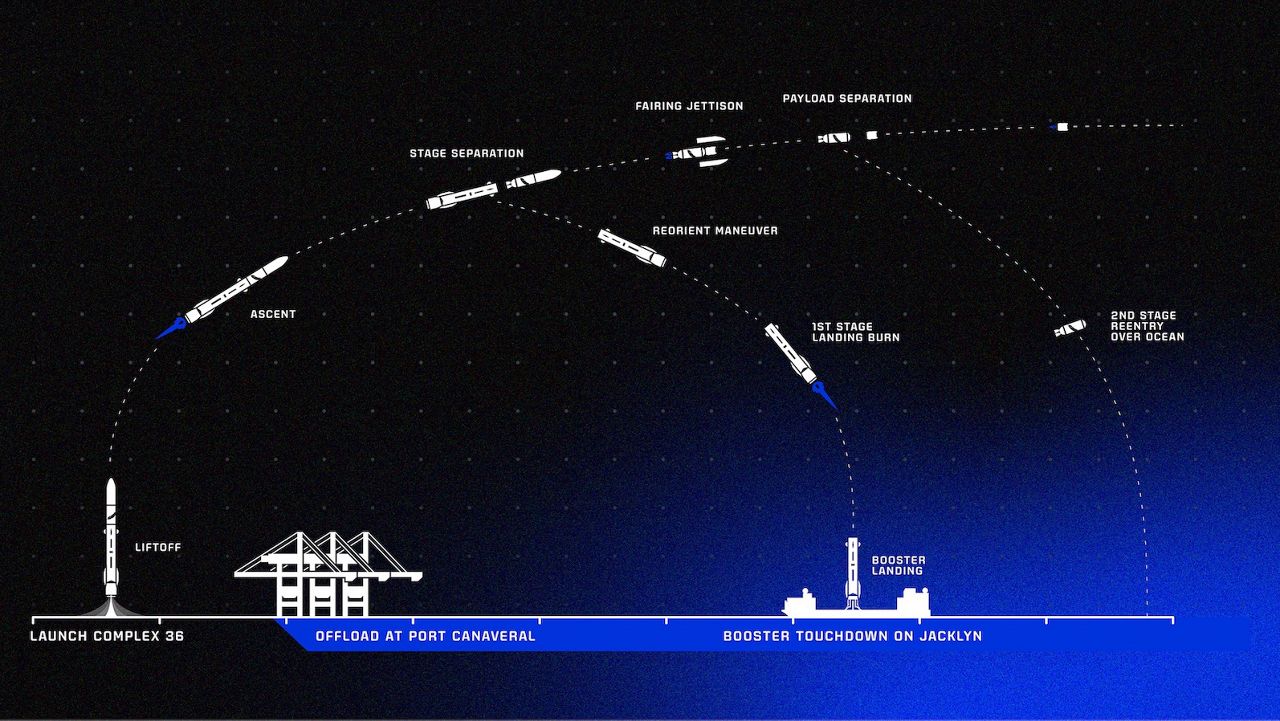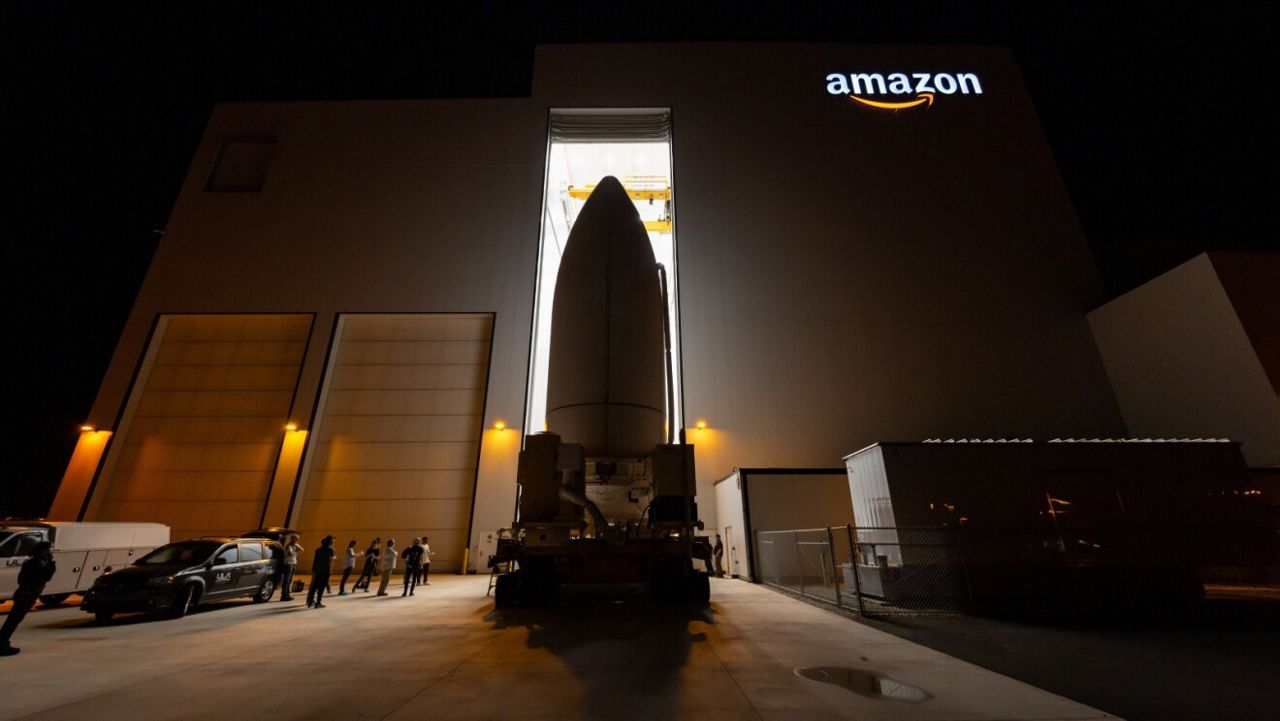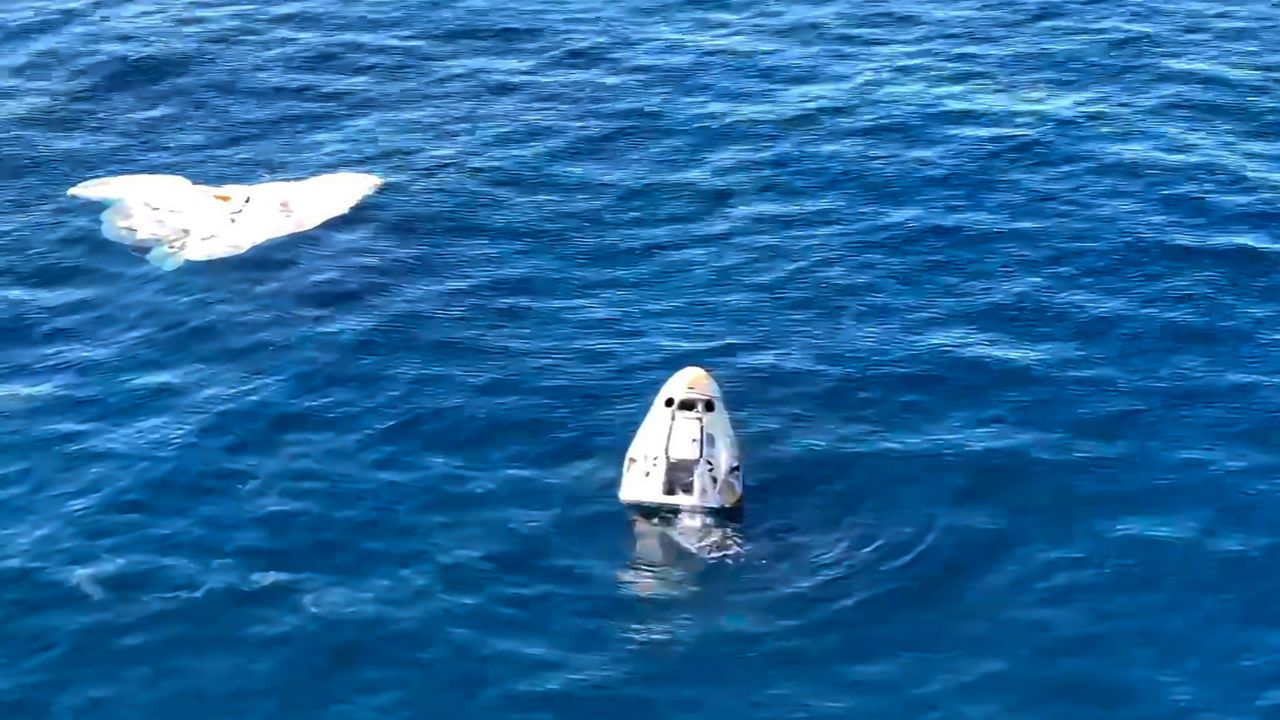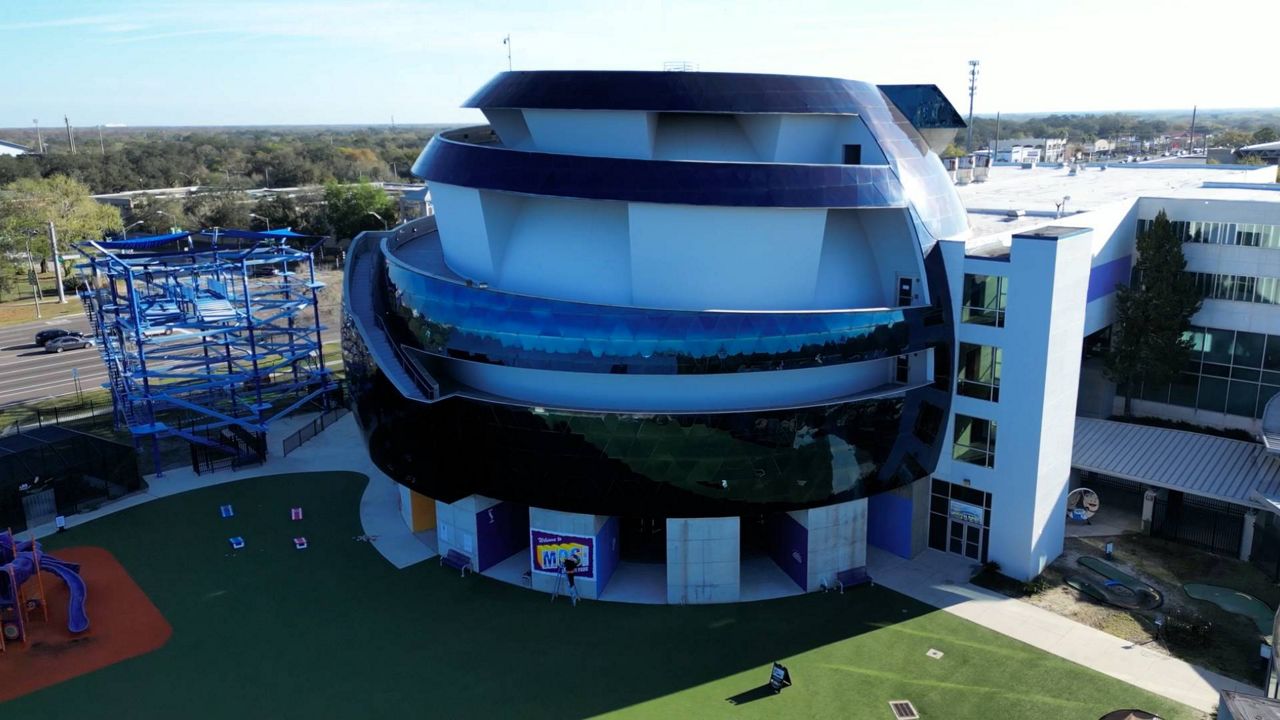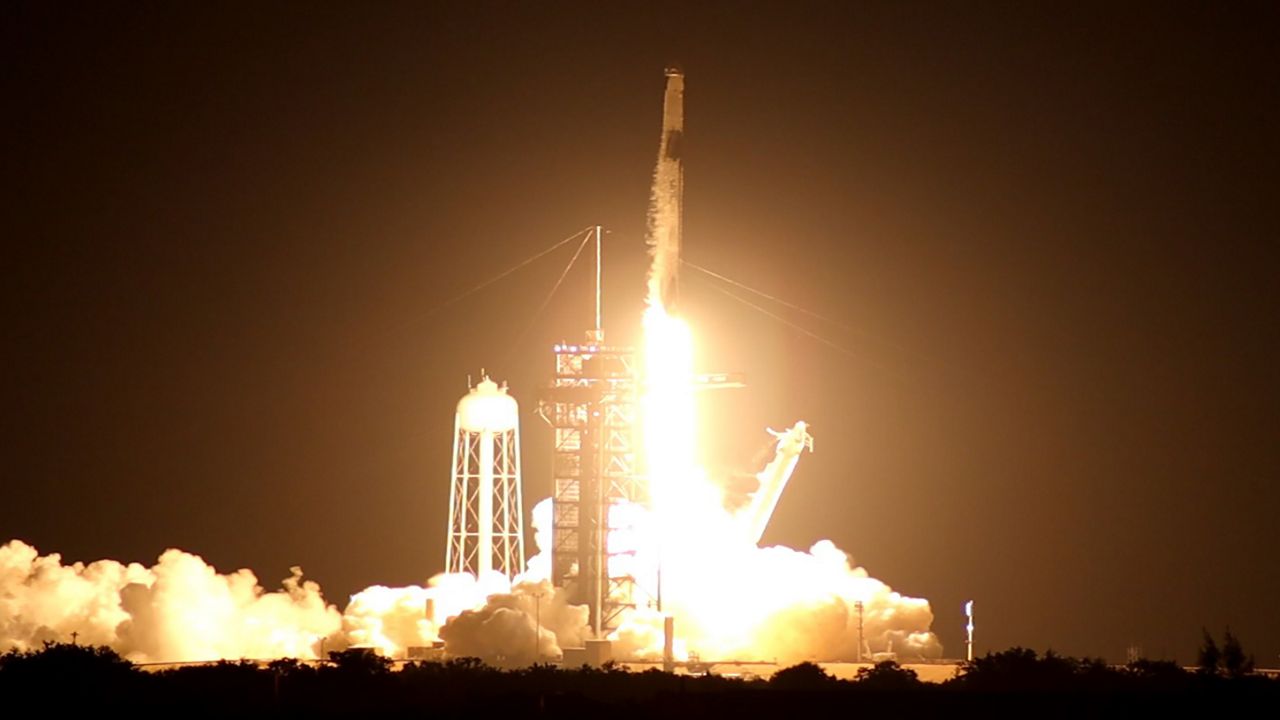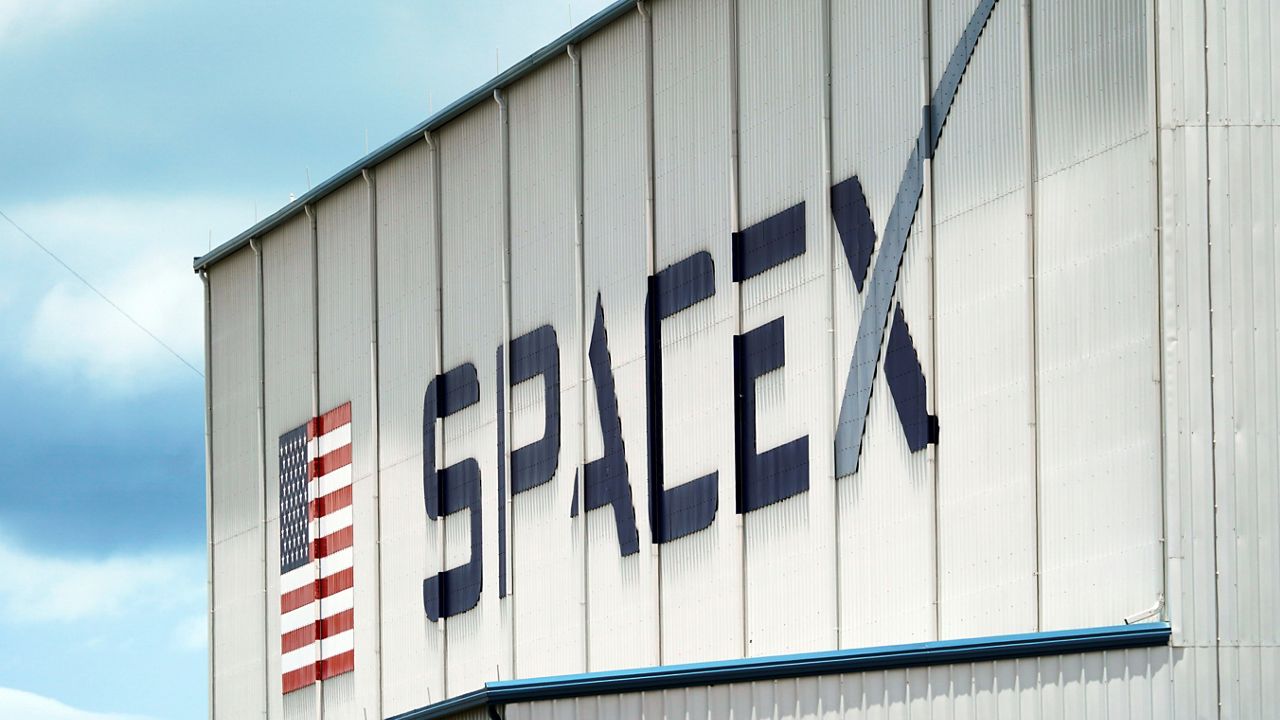CAPE CANAVERAL, Fla. — Despite numerous delays, Blue Origin successfully launched its New Glenn rocket in its maiden flight early Thursday morning, although its first-stage booster failed in its landing.
What You Need To Know
- The 320-foot (98-meter) tall New Glenn rocket took off from Launch Pad 36 at Cape Canaveral Space Force Station
- The New Glenn is named after John Glenn in honor of being the first American to orbit Earth
- The first-stage booster So You’re Telling Me There’s a Chance was lost
- Get more space coverage here ▶
— Jeff Bezos (@JeffBezos) January 16, 2025
The 320-foot (98-meter) tall New Glenn rocket took off from Launch Pad 36 at Cape Canaveral Space Force Station at around 2:03 a.m. ET.
The New Glenn, named after John Glenn in honor of being the first American to orbit Earth, is not just tall, but powerful, explained Blue Origin.
“Its reusable first stage is designed for 25 missions and powered by seven of Blue Origin’s BE-4 engines, the most powerful liquid oxygen (LOX) / liquefied natural gas (LNG)-fueled oxygen-rich staged combustion engines ever flown. Each BE-4 engine generates 550,000 lbf (2,450 kN) thrust at sea level with deep-throttle capability. The vehicle’s second stage is powered by two BE-3Us, liquid oxygen (LOX)/liquid hydrogen (LH2) engines designed to yield over 320,000 lbf of vacuum thrust together,” the company stated.
The payload that the NG-1 mission was carrying is the Washington-state company’s satellite Blue Ring Pathfinder. This mission will test and collect data on Blue Ring’s flight, ground systems and operational capabilities, explained Blue Origin, founded by Jeff Bezos.
“The second stage is in its final orbit following two successful burns of the BE-3U engines. The Blue Ring Pathfinder is receiving data and performing well,” the company stated.
The NG-1 mission is the company’s first National Security Space Launch certification flight. Once it is given the clearance, it will be able to launch for national security, research and crewed missions.
Failure to stick the landing
The first-stage booster, named So You’re Telling Me There’s a Chance, attempted to land on Blue Origin’s cargo ship Jacklyn.
However, at an altitude of 84,226 feet (25,672 meters), information about the booster that was being displayed on the company’s webcast froze.
Blue Origin confirmed that the booster was lost.
“I’m incredibly proud New Glenn achieved orbit on its first attempt,” said Blue Origin Chief Executive Officer Dave Limp. “We knew landing our booster, So You’re Telling Me There’s a Chance, on the first try was an ambitious goal. We’ll learn a lot from today and try again at our next launch this spring.”
It took SpaceX a number of attempts until it finally succeeded in landing its Falcon 9 rocket’s first-stage booster.
Trying to take off
Blue Origin tried to send up the New Glenn a number of times this week.
The first Blue Origin New Glenn launch was originally set to take off on Friday, Jan. 10, but it was pushed back.
Officials initially rescheduled the launch for Jan. 12, but cited concerns about sea conditions out in the Atlantic Ocean, where the rocket's booster was set to land.
The company announced a new launch date for Monday, Jan. 13, but it was not meant to be.
Blue Origin scrubbed Monday's launch so its team could go over a “vehicle subsystem issue,” which was later stated to be "ice forming in a purge line on an auxiliary power unit that powers some of our hydraulic systems," the Washington state-based company said.
After the scrub of the maiden launch on Monday, and a brief plan to try again Tuesday, Blue Origin issued a statement late Monday saying they are moving the next attempt to Thursday, Jan. 16, with a three-hour launch window opening at 1 a.m. ET.
The launch is 10 years in the making as the rocket was developed and the historic pad was modernized. Like SpaceX, the rocket’s first stage is reusable.
Right now, it is designed for a minimum of 25 flights.
